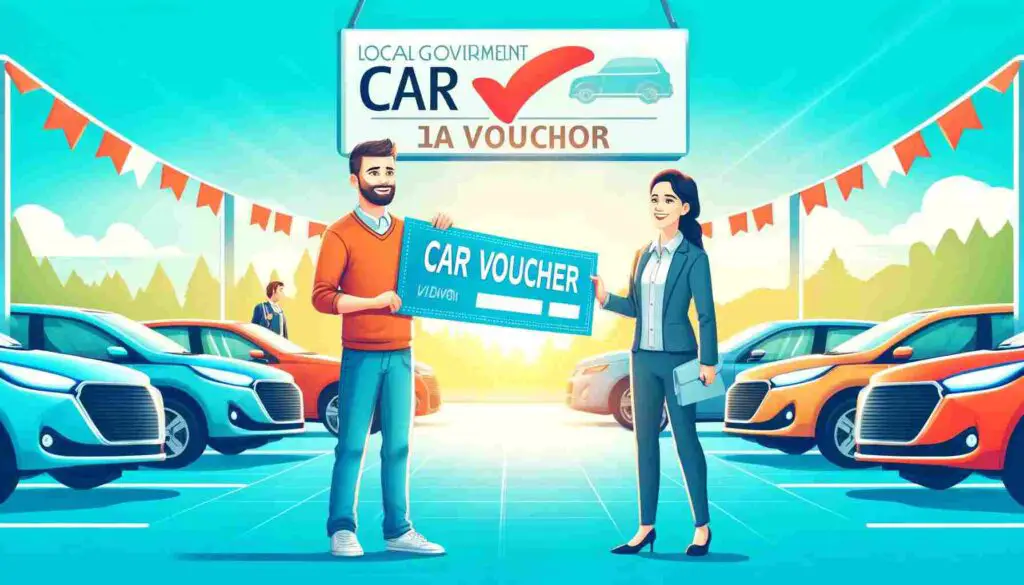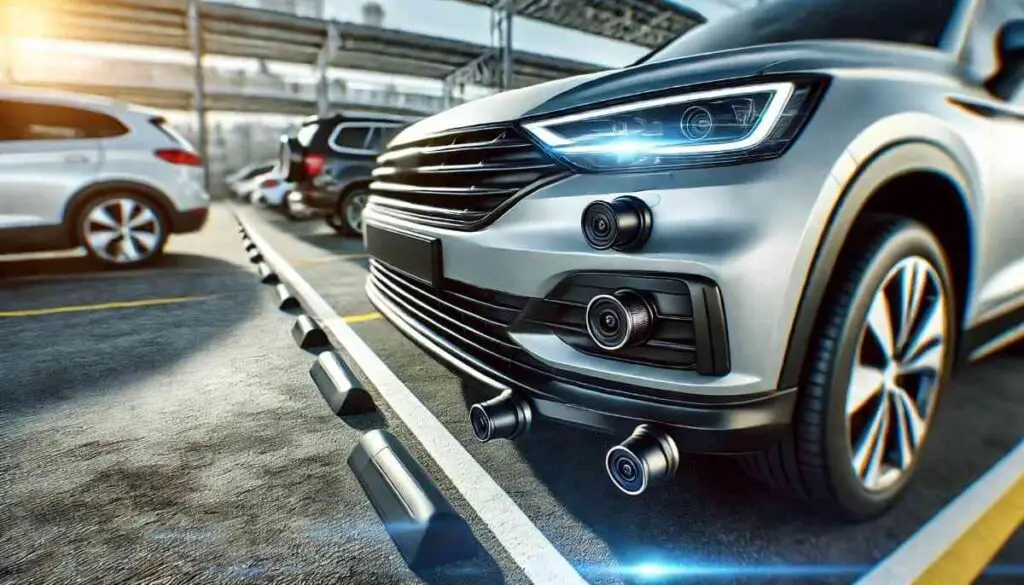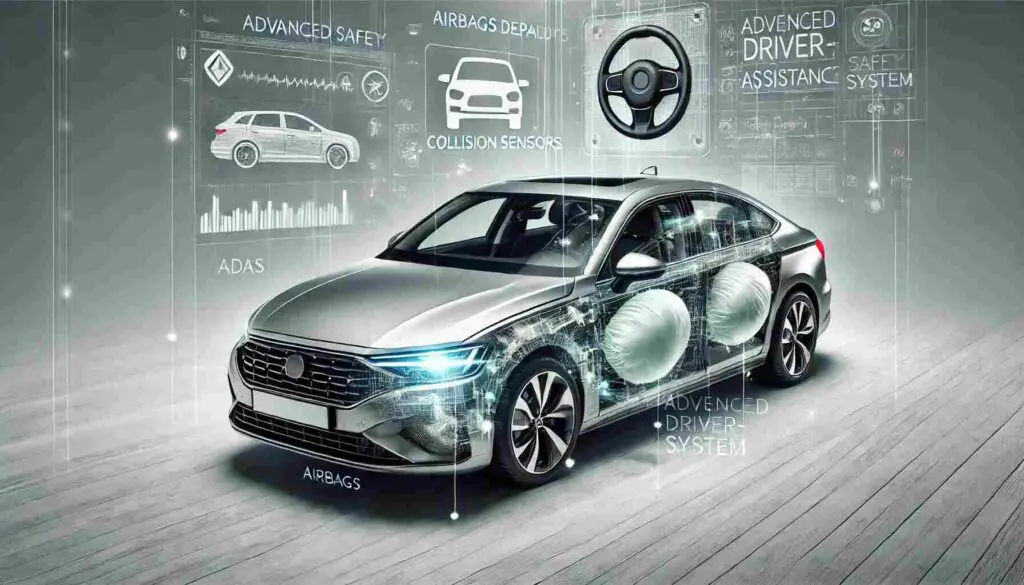In a world constantly seeking innovative solutions to pressing energy challenges, the marriage of electric vehicles (EVs) and our power infrastructure stands out as a transformative endeavor. Recent strides made by General Motors (GM) have propelled this concept from mere speculation to a tangible reality, promising to reshape the way we generate, store, and distribute energy.
The Gateway to Energy Resilience: Two-Way Charging
Imagine a future where your EV serves not only as a mode of transportation but as a power source for your home during blackouts and periods of heightened energy demand. GM’s groundbreaking announcement to equip all their electric vehicles with two-way charging capability by 2026 heralds the dawn of this new era. Through “vehicle-to-home” technology, EVs can now give back to the grid the energy they’ve stored, revolutionizing the concept of energy flow.
The Visionary Evolution of Electric Vehicles
At the core of GM’s strategy lies a vision that transcends traditional automotive boundaries. Two-way charging redefines EVs as dynamic assets, capable of contributing to the stability of our power infrastructure. This innovation reflects the broader trend in the auto industry, where the convergence of transportation and energy systems is recognized as a strategic imperative.
Addressing the Energy Puzzle
Our reliance on conventional energy sources has long strained our power grids, especially during peak demand and unforeseen disruptions. GM’s announcement positions EVs as a solution to this puzzle, offering a decentralized approach to energy supply. By tapping into the immense battery capacity of these vehicles, we can unlock reserves that stand ready to meet urgent energy needs.
From Vision to Legislation: A Legislative Milestone
As the adage goes, visionary ideas require legislative support to manifest into reality. In California, Senate Bill 233, championed by state Sen. Nancy Skinner, seeks to mandate two-way charging capability in all new electric vehicles by 2030. This legislative initiative aligns with the urgency of our energy challenges and underscores the role of policy in shaping the trajectory of innovation.
Overcoming Hurdles: The Road Ahead
While the promise of EVs as backup power sources is tantalizing, several challenges must be navigated. One pivotal aspect is the expansion and adaptation of charging infrastructure. Charging stations capable of bidirectional energy flow will be the lifeline of this concept. Moreover, managing the costs associated with upgrading homes to accommodate energy feedback mechanisms is a critical consideration.
Electric Vehicles vs. Gas-Powered Cars: Unveiling the True Cost Efficiency
The Dual Advantage: Consumer Benefits and Grid Support
The integration of two-way charging technology presents a dual advantage. For consumers, it transforms EV ownership into an investment that not only reduces transportation costs but also provides an extra layer of energy security. Simultaneously, the power grid gains a resilient buffer against fluctuations in energy supply and demand, a dynamic contribution to grid stability.
Fostering a Sustainable Transition
GM’s commitment to two-way charging marks a significant stride in fostering a transition to cleaner and more sustainable energy systems. As we confront the escalating impacts of climate change, innovations that bridge the gap between mobility and energy become paramount. By empowering EVs to play a pivotal role in this transition, we take meaningful steps towards a greener future.
A Vision Realized: EVs Empowering Homes
The convergence of EVs and energy infrastructure is emblematic of a larger movement, one where technological ingenuity is harnessed to address complex challenges. GM’s visionary commitment underscores the potential of EVs to be more than conveyances; they become envoys of energy resilience. As we embrace this vision, we propel ourselves towards a future where our vehicles are not just modes of transport but vital contributors to our collective energy well-being.
Electric Vehicles as Backup Power: FAQ
What is two-way charging capability in electric vehicles?
Two-way charging capability in electric vehicles (EVs) refers to the ability of an EV to not only draw power from the grid but also send excess energy back to the grid. This technology transforms EVs into potential power sources for homes and buildings during blackouts, peak energy demand, and emergencies.
How does two-way charging work?
Two-way charging involves a bidirectional flow of electricity between an electric vehicle and the power grid. When the EV’s battery is fully charged, it can supply excess energy back to the grid, contributing to overall energy supply. During times of high energy demand or when the grid experiences disruptions, EVs can be used as backup power sources for homes and buildings.
Why is GM’s announcement significant?
General Motors’ (GM) announcement to equip all their electric vehicles with two-way charging capability signifies a major step towards realizing the potential of EVs as backup power sources. This initiative expands the role of EVs beyond transportation, turning them into valuable assets for grid stability and energy resilience.
How can two-way charging benefit consumers?
Two-way charging technology offers several benefits to consumers. It provides a source of backup power for homes during blackouts and emergencies, ensuring a more reliable energy supply. Additionally, it can reduce energy costs by allowing consumers to store excess energy when rates are low and feed it back to the grid during peak demand periods.
What is the significance of legislative support?
Legislation, such as California’s Senate Bill 233, plays a crucial role in shaping the adoption of two-way charging technology. Legislative mandates can accelerate the integration of this technology into EVs, making it a standard feature. This ensures that a wider range of consumers can benefit from the potential of EVs as backup power sources.
What are the challenges associated with two-way charging?
While the concept of using EVs as backup power sources is promising, there are challenges to overcome. Upgrading existing charging infrastructure to support bidirectional energy flow requires investment and coordination. Additionally, managing the costs of adapting homes to feed energy back to the grid is a consideration.
How can two-way charging contribute to energy resilience?
Two-way charging enhances energy resilience by diversifying energy sources and distribution methods. During power outages or peak demand periods, EVs can provide supplementary energy to the grid, reducing strain on the system. This contributes to a more stable and reliable energy supply, particularly in the face of climate-related challenges.
Is two-way charging available in all EVs?
Currently, two-way charging capability is not available in all EV models. However, with GM’s commitment to equipping all their electric vehicles with this technology by 2026, the adoption of two-way charging is expected to increase. Legislative efforts to mandate this capability, as seen in California’s Senate Bill 233, further promote its adoption across various EV manufacturers.
How does two-way charging impact the environment?
Two-way charging technology aligns with the broader goal of reducing carbon emissions and transitioning towards cleaner energy sources. By optimizing the use of renewable energy stored in EV batteries, the technology can contribute to a more sustainable energy ecosystem, minimizing the reliance on fossil fuels and conventional power generation.
What does the future hold for EVs and two-way charging?
The integration of two-way charging capability into EVs represents a pivotal step towards a more interconnected and resilient energy future. As technology advances and awareness grows, the role of EVs in supporting grid stability and providing backup power is likely to expand. Continued innovation, legislative support, and industry collaboration will shape the direction of this transformative journey.
Conclusion: A Future Powered by Innovation
In the grand tapestry of energy evolution, GM’s initiative shines as a thread that weaves together disparate elements – transportation, technology, legislation, and sustainability. By setting the stage for EVs to play an active role in powering homes, we’re heralding a future where the synergy of innovation and necessity drives progress. As the journey unfolds, let us remember that every transformative shift begins with a visionary step, and in the world of energy, that step is here.









